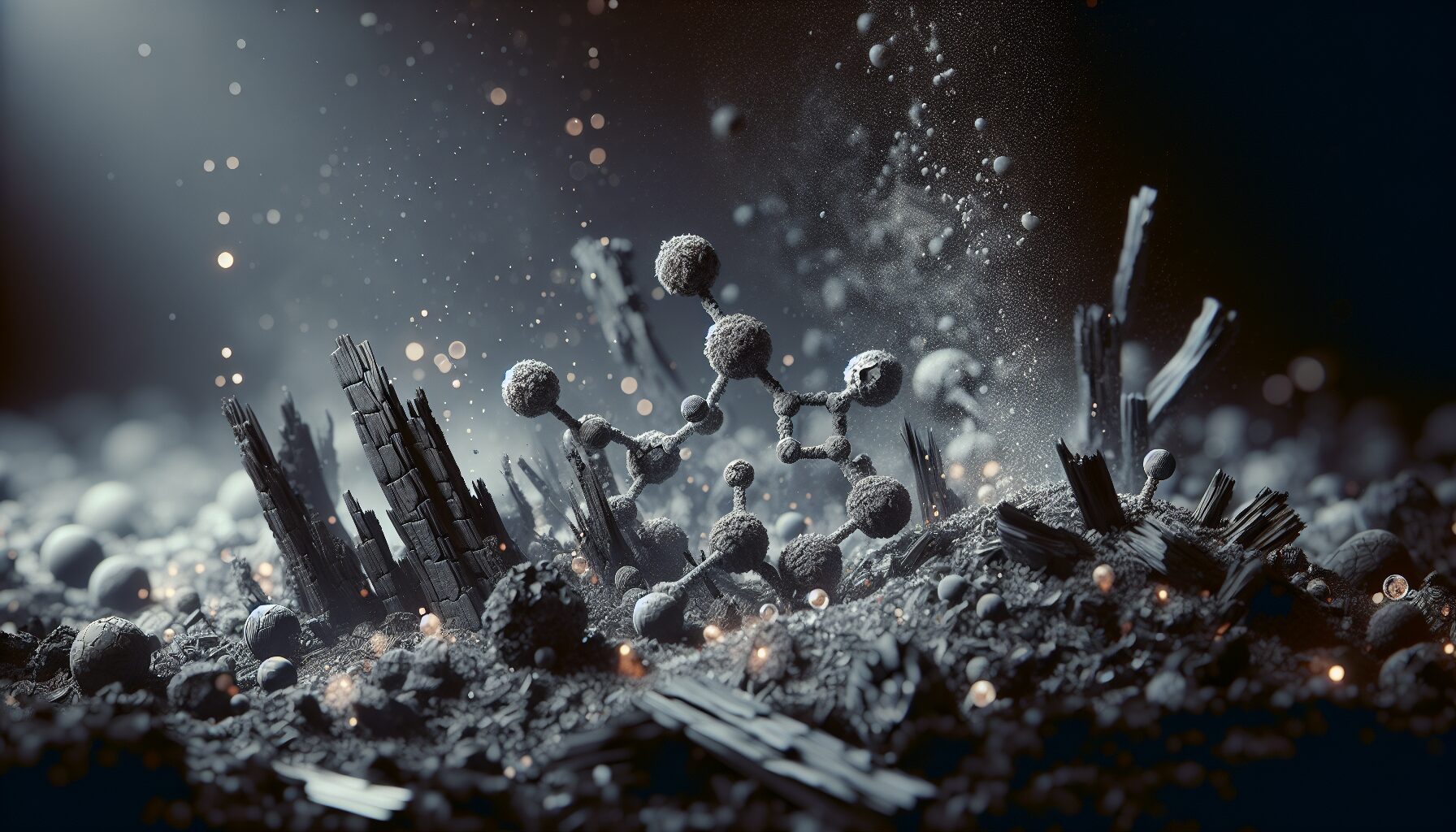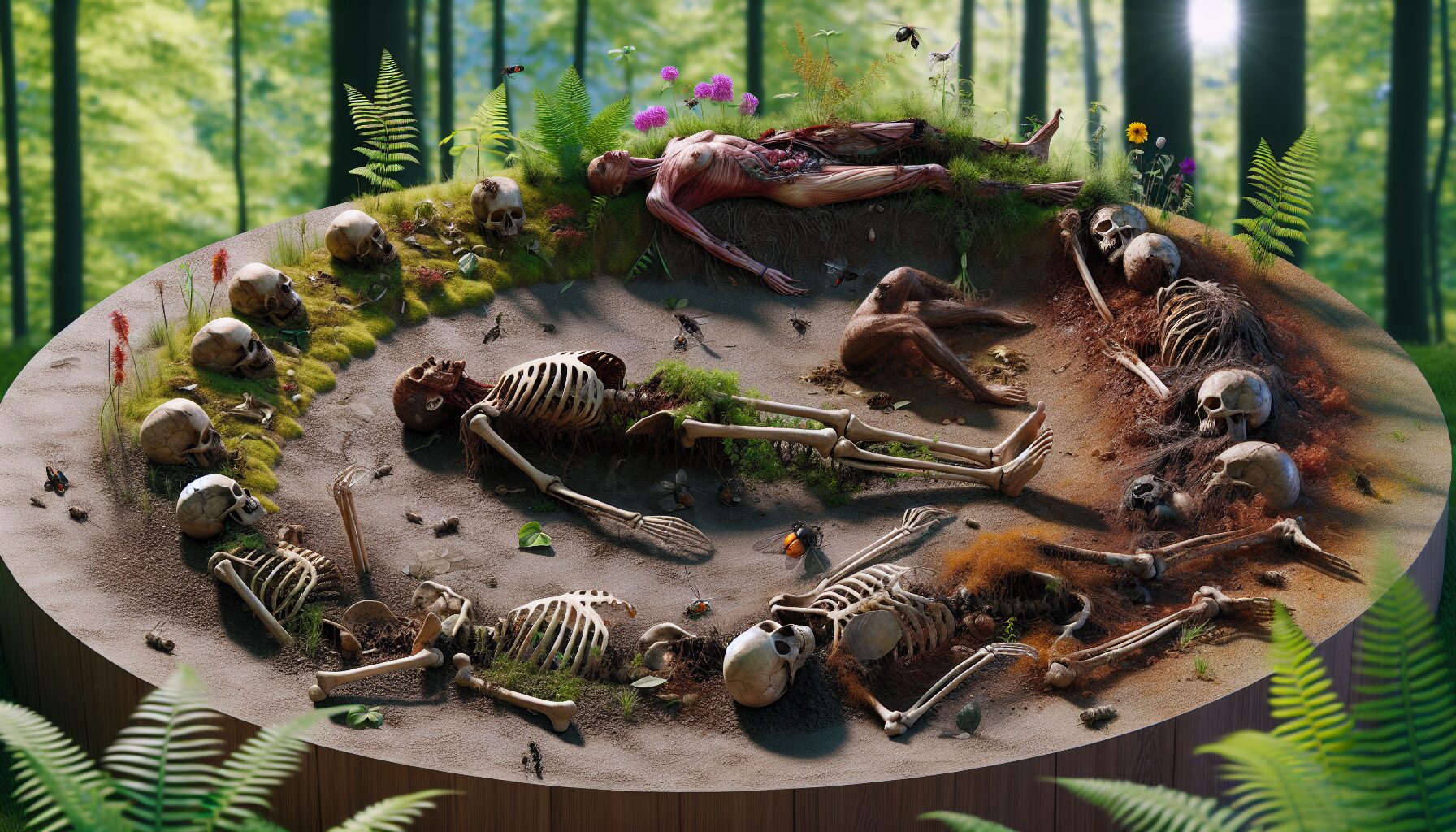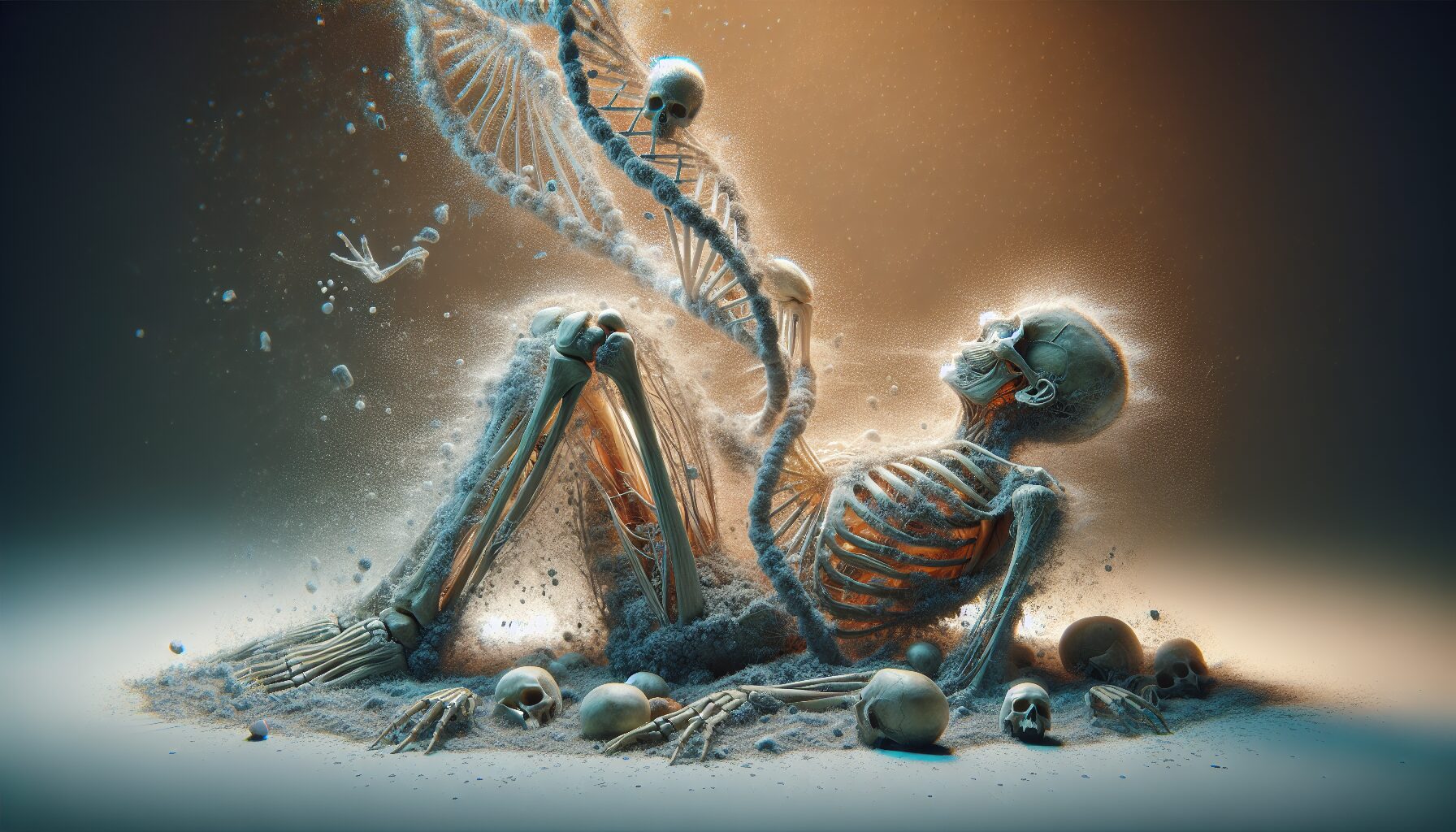Fire is a transformative force, leaving behind a trail of ash that tells the story of its journey. While often seen as mere residue, ash is a complex mixture of substances with intriguing chemical properties. Understanding the composition and chemistry of ash provides insights into the processes of combustion and the remains of organic material post-fire.
The Formation of Ash
When fire consumes organic matter, it breaks down complex materials like cellulose, hemicellulose, and lignin in plants, and a myriad of compounds in other organic fuels. This breakdown process, known as combustion, involves several stages, from dehydration and pyrolysis to oxidation. Ash is the solid residue left after the complete or partial combustion of a substance, primarily composed of the inorganic minerals that do not combust.
A complex mixture of minerals and remaining organic compounds, ash tells a story about the original material and the conditions of the combustion process. According to the ScienceDirect, “Ash content is a useful measure of the amount of inorganic material present in a fuel and is usually controlled to a lower level for greater efficiency of a fuel.”
Components of Ash
Ash is rich in a variety of chemical elements such as calcium, potassium, phosphorus, magnesium, and other trace elements. These are primarily derived from the mineral content of the burned organic matter. The specific composition is dependent on several factors, including:
- The Type of Fuel: Different materials, such as wood, coal, or plant matter, will have different elemental compositions. For example, wood ash is typically high in calcium and potassium, while coal ash may contain higher levels of silica and aluminum.
- Burning Conditions: The temperature and duration of burning can affect the chemical composition of ash. Complete combustion at higher temperatures often results in the breakdown and volatilization of volatile compounds, leaving behind a purer mineral ash.
- The Environment: Environmental factors during combustion, such as oxygen availability and atmospheric conditions, also play a role in determining ash characteristics.
The Role of Ash in the Environment
Ash’s impact extends beyond its immediate chemical footprint. It plays a significant role in ecological systems. Ashes often enrich the soil with minerals and nutrients, supporting new plant growth and helping ecosystems recover from fires. According to an article in Environmental Science & Technology, “Wood ash application can significantly increase soil pH and supply essential plant nutrients, thereby potentially benefiting forest growth.”
However, ash can also have negative environmental impacts. In areas where high concentrations of ash accumulate, it can alter soil pH levels excessively, sometimes leading to unintended consequences on vegetation and soil biology. The presence of heavy metals and other toxic elements in ash, especially from industrial sources like coal, poses environmental contamination risks.
Industrial and Agricultural Applications
Ash is not just an environmental byproduct; it has various industrial and agricultural applications owing to its mineral-rich composition. Wood ash is often used as a natural fertilizer in gardens and farms due to its high potash and lime content. In industry, particularly in the construction sector, fly ash—a byproduct of coal combustion—is used to improve the properties of concrete.
“Fly ash is highly valued in concrete manufacturing for its ability to enhance concrete performance due to its pozzolanic and cementitious properties, providing both economic and environmental benefits,” notes the American Coal Ash Association.
Challenges and Considerations
Despite its uses, managing ash, especially from industrial sources, presents several challenges. The potential for environmental contamination through poor disposal practices and the release of toxic components is a cause for concern. As such, regulations regarding the management and recycling of ash are critical, aiming to mitigate negative environmental impacts while maximizing the beneficial reuse of ash.
In conclusion, while ash is commonly viewed merely as what remains after a fire, its chemical complexity and practical applications reveal a deeper significance. Whether enriching soils, enhancing building materials, or posing environmental challenges, the chemistry of ash is a testament to the transformative power of fire. As we continue to harness fire in various domains, understanding these remnants becomes crucial for both environmental stewardship and technological advancement.









